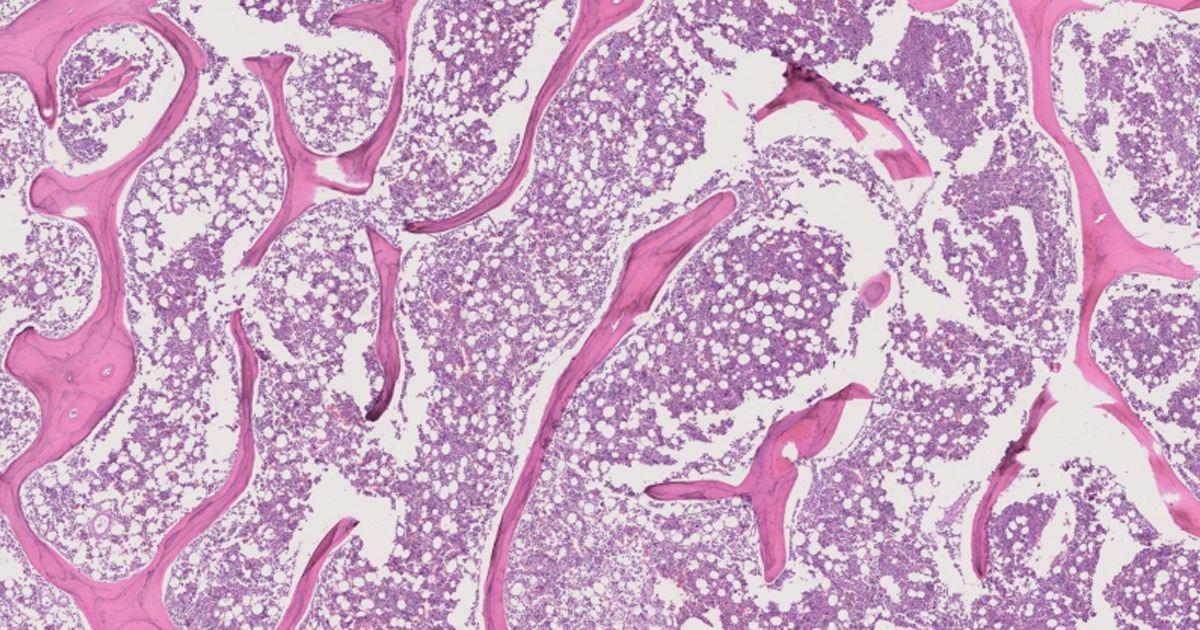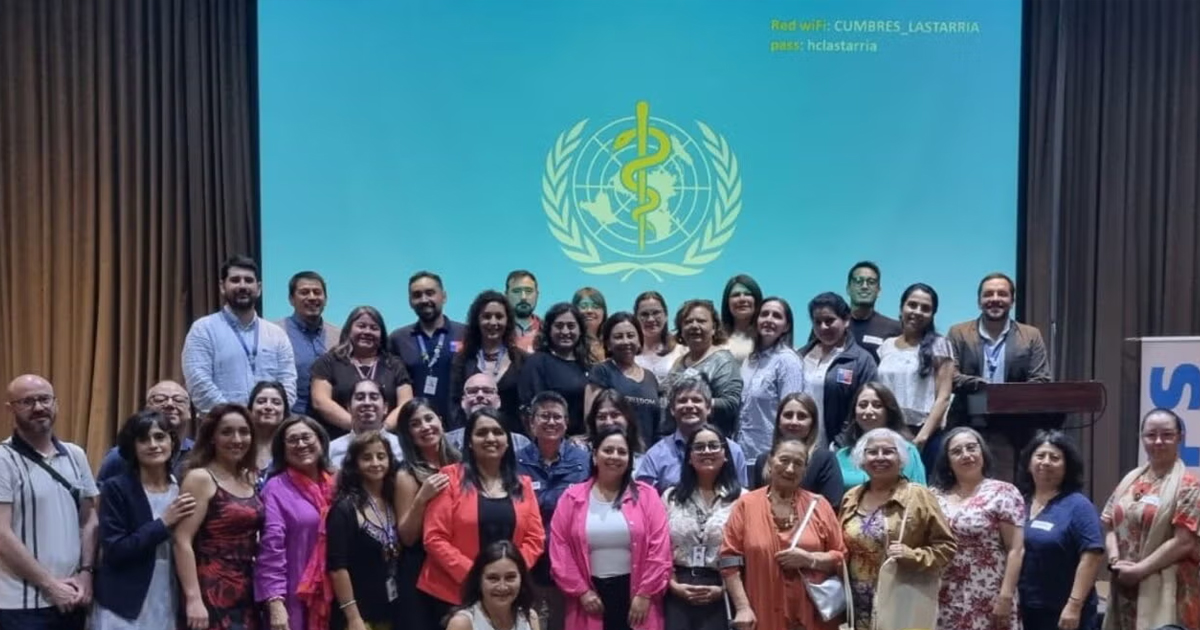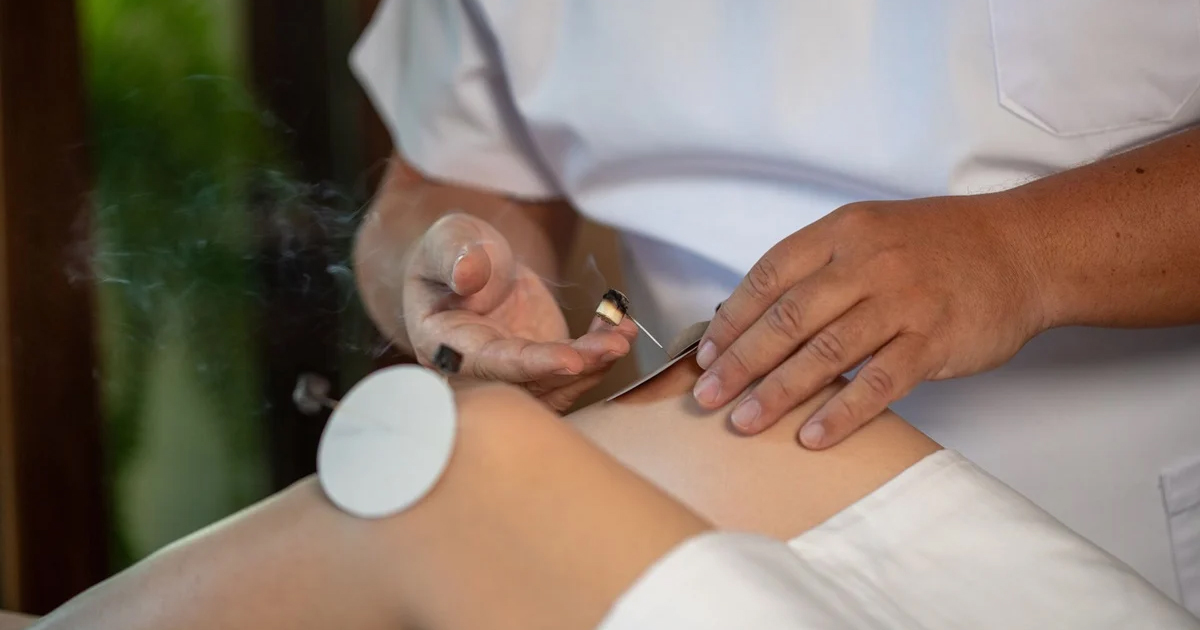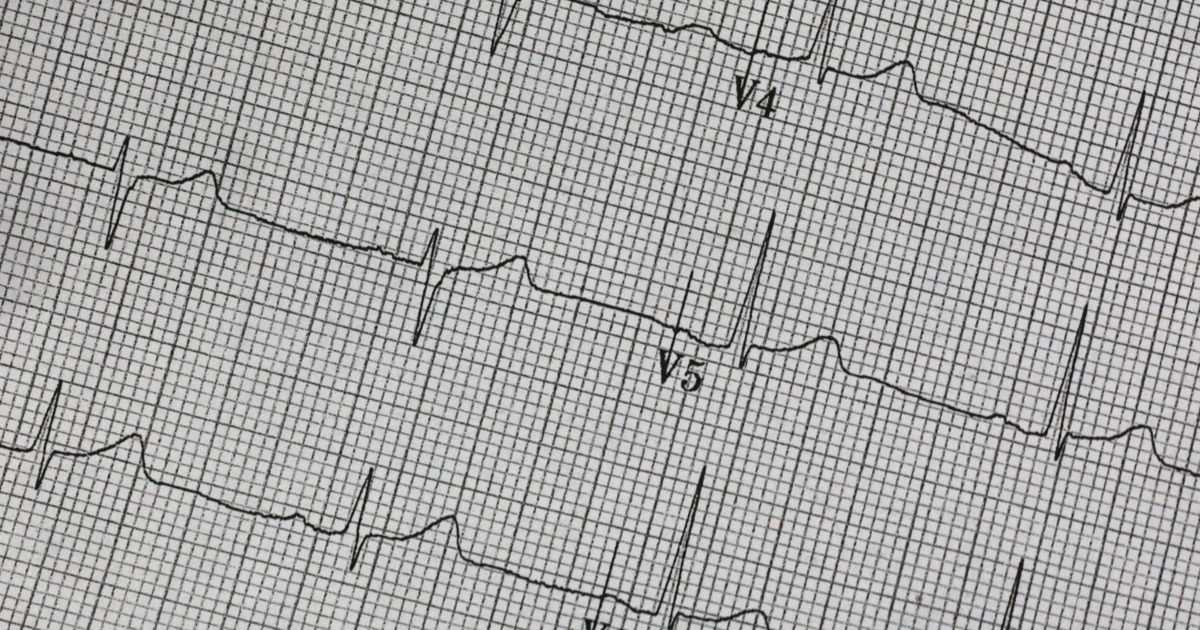Bolivia comenzó su estrategia de telesalud en 2013, hace siete años. Este año, justo un mes antes del primer caso de COVID-19, su modalidad cambió a teleconsulta lo que fue importante para atender miles de llamadas durante la pandemia.
Desde las primeras semanas de febrero, el gobierno de Bolivia, habilitó una línea telefónica gratuita para resolver dudas de la población sobre el nuevo coronavirus. El 13 de febrero, fue habilitado el Call Center con el apoyo y trabajo de 50 profesionales. Entre psicólogos y médicos, resolvieron dudas de la población sobre cuidados contra el COVID-19, las medidas y recomendaciones sanitarias. El propósito de las consultas fue funcionar como un filtro para identificar los casos sospechosos y aplicar las medidas y pruebas correspondientes.
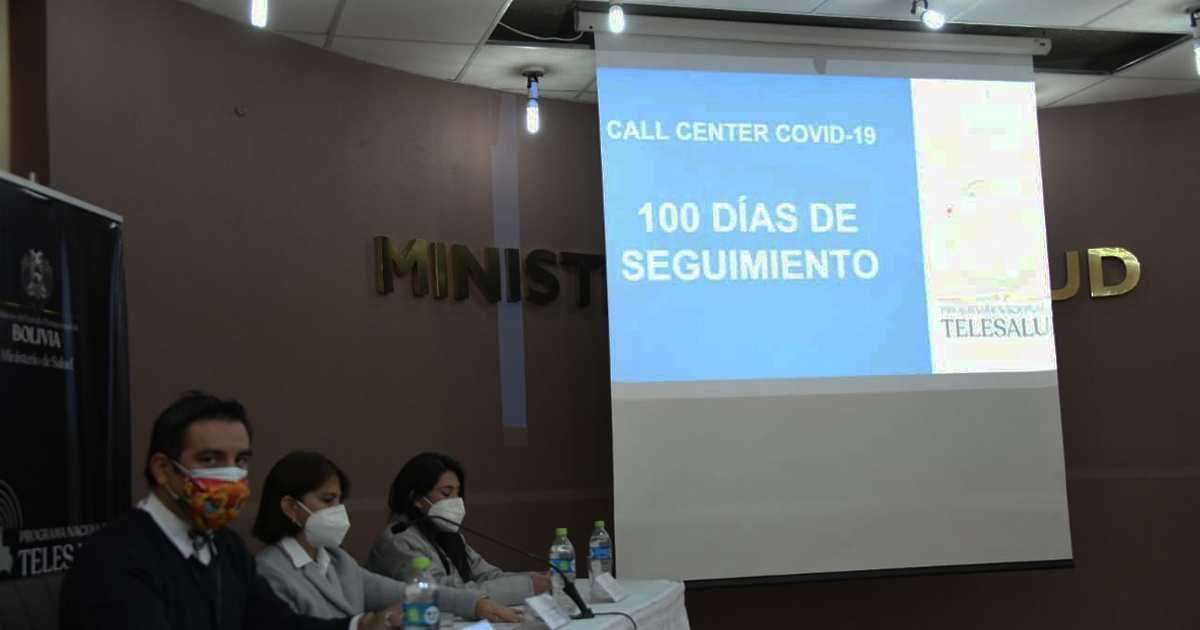
El call center funcionó los siete días de la semana, las 24 horas del día y contó con la participación de profesionales de diversas instituciones dependientes del Ministerio de Salud como el Centro Coordinador de Emergencia en Salud Nacional, Sistema Nacional de Información en Salud y Vigilancia Epidemiológica, programa SAFCI, Mi Salud, Bono Juana Azurduy y Telehealth.
El 10 de marzo el Ministerio de Salud confirmó los primeros dos casos de COVID-19 en Bolivia y para el 12 de marzo el gobierno boliviano declaró Estado de emergencia sanitaria por COVID-19 y adoptaron las primeras medidas de cuarentena y distanciamiento social que estarían vigentes hasta el 10 de mayo. Tras la llegada de los contagios y la inevitable transmisión comunitaria, el call center modificó su funcionamiento y el 16 de marzo ya contaba con 108 médicos capacitados para dar seguimiento a posibles casos sospechosos.
Hacia finales de junio el gobierno boliviano, informó que el centro de llamadas COVID-19 recibió 220 mil consultas desde el inicio de actividades en marzo, y que 3 mil 278 personas calificadas como casos sospechosos, recibieron monitoreo y seguimiento médico, de las cuales el 25% fueron confirmados como casos positivos.
Juan Pablo Escalera, coordinador del programa Telehealth a nivel nacional, mencionó en junio, que el programa de seguimiento era dirigido por 175 médicos quienes hicieron seguimiento a pacientes con síntomas de COVID-19 a través de teleconsultas por plataformas digitales. Hacia octubre habían hecho seguimientos a cerca de 8 mil pacientes, de los cuales el 14% recibieron atención medica en hospitales.
Por otra parte, Escalera menciona que 338 municipios cuentan con servicios de telemedicine entre ellos los municipios del departamento de Santa Cruz el departamento con mayor extensión territorial y además el más poblado de Bolivia. Lina Flores, quien se desempeña como coordinadora departamental en Santa Cruz del programa Telehealth, ejemplificó cómo funciona el servicio brindado a pacientes que llaman desde el interior del país: “Un paciente puede llamar desde Comarapa y si el médico del call center (que está físicamente en La Paz) lo encuentra sospechoso, lo deriva al equipo de Santa Cruz, que, a su vez, lo pone en contacto con el médico en Comarapa para que le haga seguimiento telefónico. Solo en caso que requiera atención médica o internación se le envía a donde corresponde”.
Flores explicó los desafíos que representó realizar una estrategia de telesalud a través del call center, en el caso de las teleconsultas, estas suelen realizarse por videollamada y no toda la población tiene acceso a ese tipo de servicios. Además, comentó que hubo momentos en los cuales las ambulancias no eran suficientes para referir a los pacientes a un hospital. Sin embargo, reconoció el papel de estas herramientas durante la pandemia: “Telehealth ayudó a evitar la saturación de los establecimientos de salud, logrando que casos leves y moderados se hayan podido manejar dentro de los domicilios a través de la teleconsulta”.


